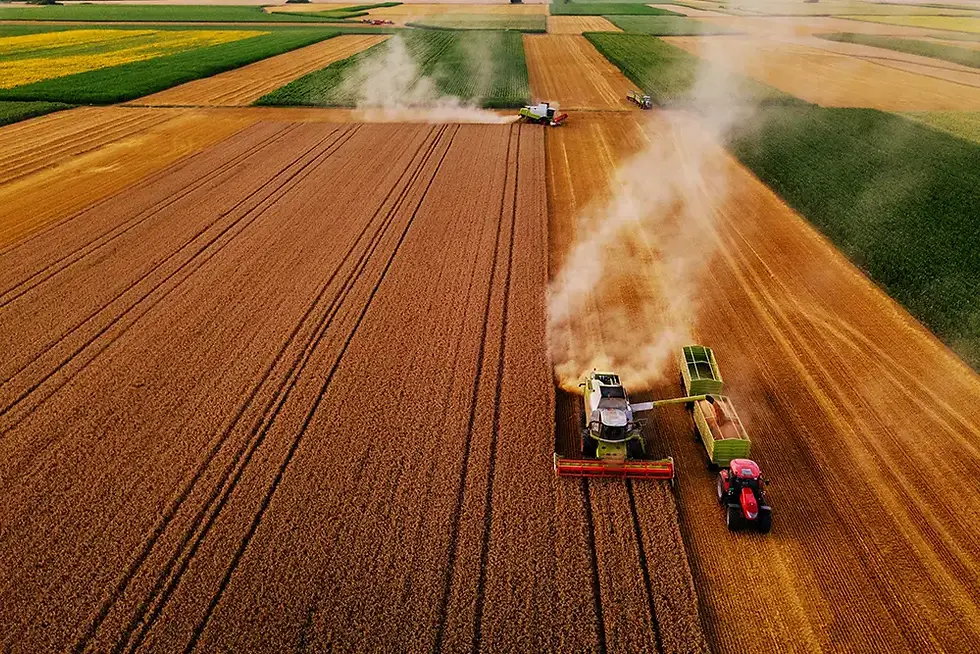Government Shutdown Limits Resources for Farmers
- Dave Price

- Oct 10
- 3 min read

Farmers and farmland investors would like to harvest some optimism in their fall fields that the partial federal government shutdown can be short-lived. However, partisan politics may be as powerful a force as any drought or flood.
Democrats are determined to pressure the majority Republicans to minimize some of their cuts to health care. It is a way to fight for a core issue for many Americans but also a way to show their base that they are standing up to the Trump administration and congressional Republicans amid dizzying displays of unprecedented actions with the budget, immigrant roundups, and militarizing of National Guard troops at major American cities.
The U.S. House of Representatives, controlled by Republicans, doesn’t seem positioned to make a deal. It earned the majority of seats from the voters in the last election and has worked since to cut taxes, regulations, and funding for programs that President Trump does not support.
The house has been on a three-week recess with most members away from the nation’s capital.
The shutdown delayed what had been the expectation that President Donald Trump would announce an aid package this week of at least $10 billion for farmers fighting to keep their operations alive for another year.
Instead, it has been another week of worry for those who question how low commodity prices, oversupplies, higher input and labor costs, and limited overseas trade opportunities will allow them to continue a future in agriculture.
RELATED: In early October, it appeared that there was momentum for a new bailout package for farmers from the Trump administration. Here is what that could have included.
Data Silence Creates an ‘Information Vacuum’
One of the most immediate and damaging effects of the shutdown has been the suspension of USDA’s core data‑reporting functions. Critical reports such as monthly crop progress, export summaries, and supply/demand forecasts (WASDE) are either delayed or canceled altogether.
Todd Davis of the Indiana Farm Bureau told Brownfield Ag News, “A lack of an October supply and demand report… could create market volatility. Farmers look to these reports as an update on crop production and an updated forecast of global supply, global demand, and the price forecast for U.S. corn and soybeans.”
National Potato Council Looks for Trade Deal in Japan
Meanwhile, the National Potato Council did not get to spent time in Tokyo with U.S. Secretary of Agriculture Brooke Rollins. Rollins skipped the trip as the administration deals with the partial government shutdown.
Japan has 124 million people, which could provide a valuable trade partner for the 2,500 potato farming families in the United States.
Despite Rollins’ absence, potato industry leaders still worked for enhanced trade opportunities with Japan. “Gaining fresh access to Japan would result in $150 million a year in new potato exports. If the President (Trump) can use the leverage he has created with Japan to finally deliver this new market, the impact for American growers would be tremendous,” said NPC CEO Kam Quarles.
Quarles lamented the absence of Rollins for the trade mission trip. “It is very unfortunate that the government shutdown impacted those negotiations and highlights its real-world negative impact on U.S. family farms,” Quarles said.
RELATED: Increasing the amount of protein in potatoes could increase their appeal for some American consumers looking to the potential health benefits of higher protein meals. This project aims to provide that.



